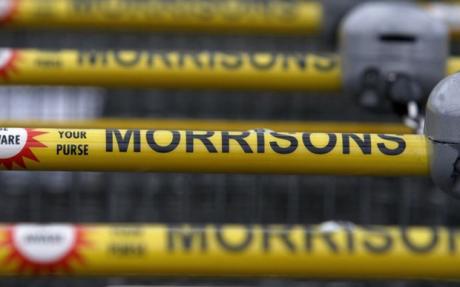In the wake of Morrison’s results announcement a few weeks ago, The Lex column in the Financial Times provided a brief and pithy piece of analysis that is food for thought for businesspeople investing in local shops.
Lex says there are two reasons for Morrisons to be wary.
 First, local shops mainly sell food and this means the margin mix is not as attractive as in a supermarket where you can sell more high margin goods. The Co-op, which I think is a good benchmark for independent retailers to compare themselves to, makes a 3 per cent operating margin in food. Lex contrasts this with Tesco’s 5 per cent margin.
First, local shops mainly sell food and this means the margin mix is not as attractive as in a supermarket where you can sell more high margin goods. The Co-op, which I think is a good benchmark for independent retailers to compare themselves to, makes a 3 per cent operating margin in food. Lex contrasts this with Tesco’s 5 per cent margin.
Second, enthusiasm for the sector could be overdone. While the IGD predicts the local shop sector will grow by 5 per cent a year to 2017, Lex says consumers’ love of the high street could be an “austerity-driven blip rather than a long-term trend”. Indeed.
However, the trend started before austerity and is based on the size of households and the age of the population, with smaller households and older people needing fewer trips to the superstore. And the cost of petrol…
Lex says there is one reason for Morrisons to be bullish.
That is because the supermarkets only have 17% of the convenience store market, which, in Lex’s words, means “there is plenty of market share to take”. Morrisons, it says, should “settle in and enjoy the party”.
Sainsbury says that c-stores offer a 20 per cent return on capital against 15 per cent for bigger shops and they reach maturity in six months, compared to three years. Some useful benchmark figures, again.
At the end of the page, it is the same story. If you do your homework and find the correct wholesale supplier, you have a great chance of competing with the multiples in the local sector. But don’t expect it to be easy.





Comments
This article doesn't have any comments yet, be the first!